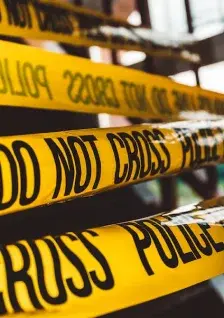

.png)
It's designed to keep something safe from whatever goes on in the world
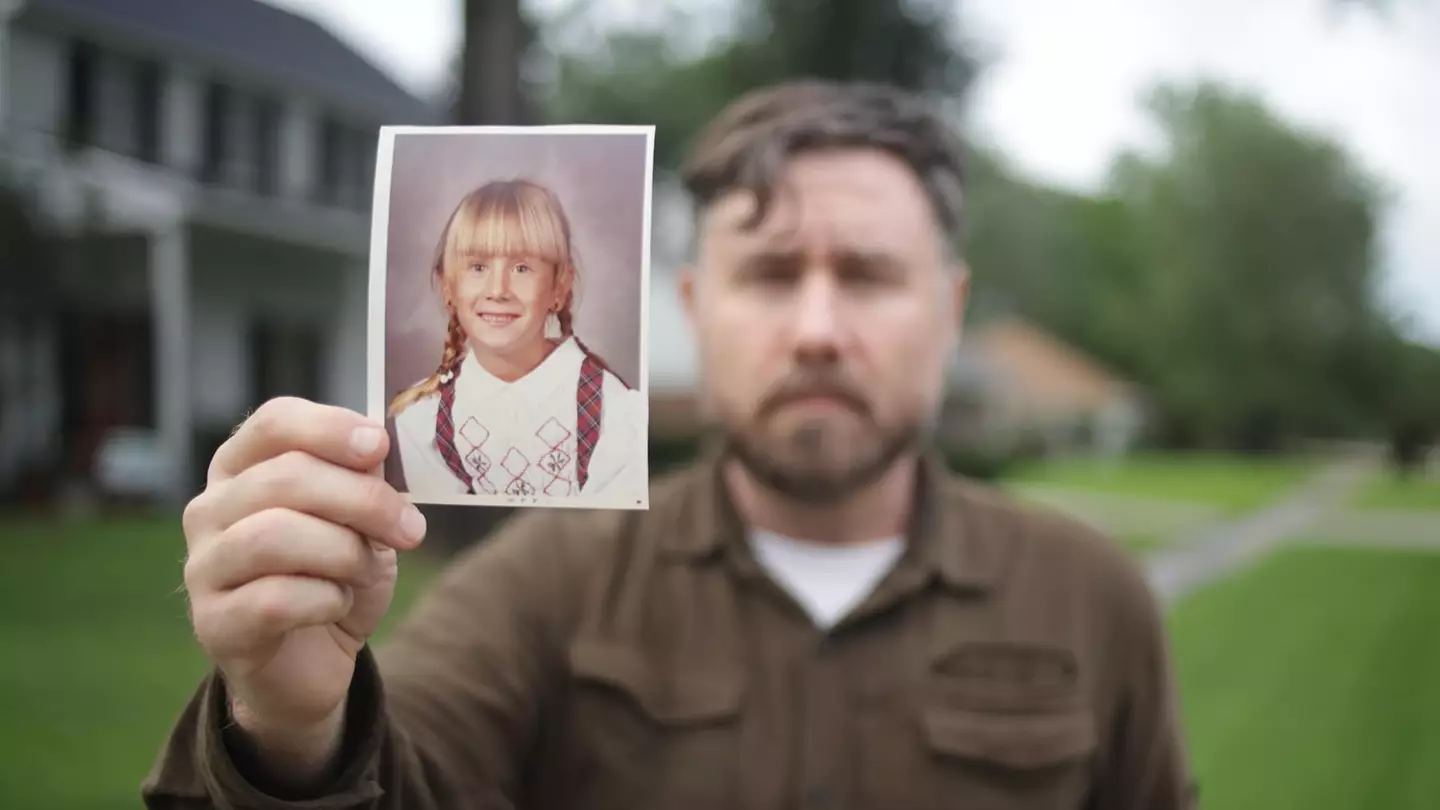
Jim Ambrose revealed all on his traumatic upbringing and shocking health discovery
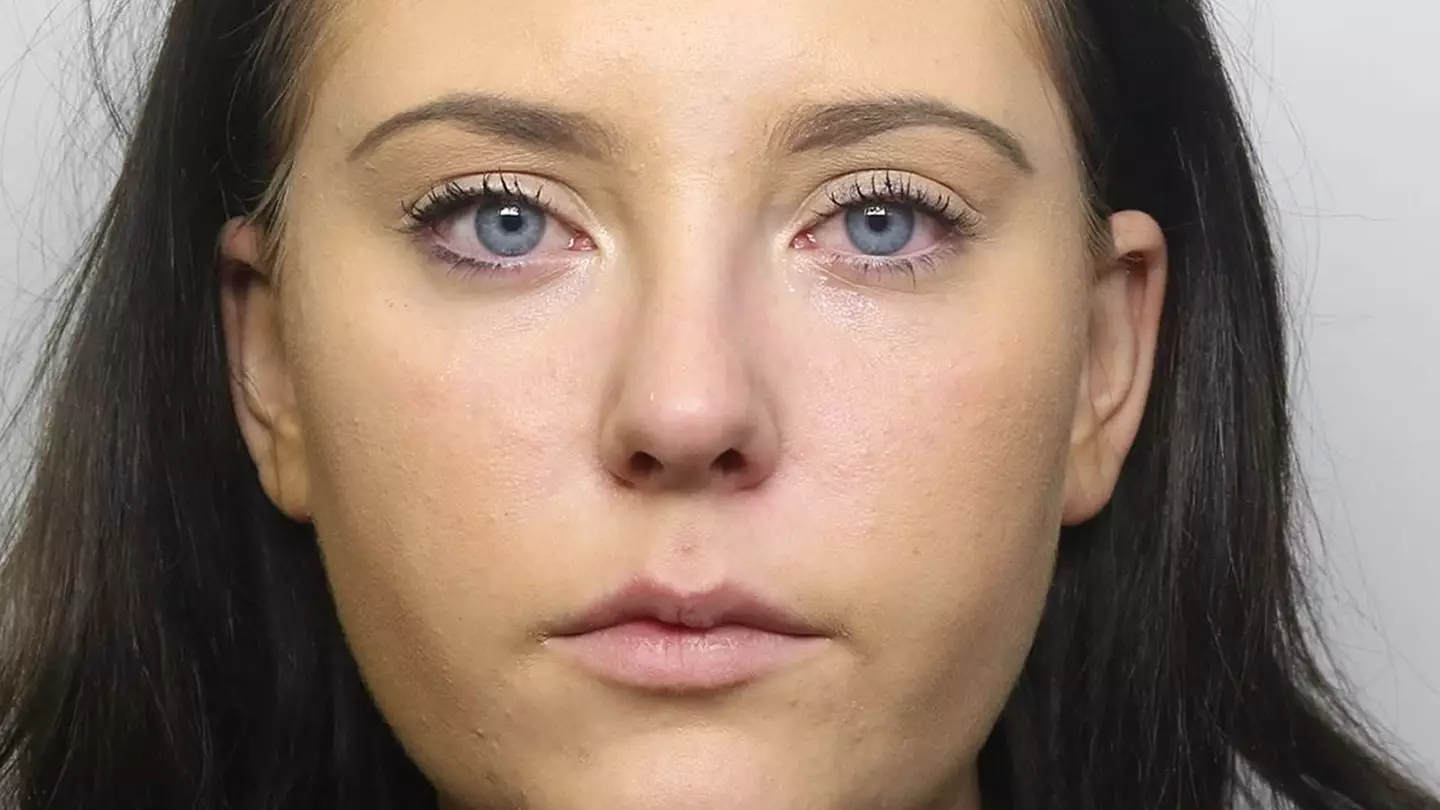
She was jailed for three years for posting the photos

A string of women have reportedly been keeping the murderer company over the phone while he sits on death row

The US president is currently holding a press conference as he marks a year in office

Experts say a lot of users 'weren’t prepared for' this unfortunate so-called side effect
.webp)
The 23-year-old was found to be having a sexual relationship with two inmates
breaking

It'd be pretty catastrophic for the world if we lost gravity for a few seconds

Amazon plan to shut them all down remotely
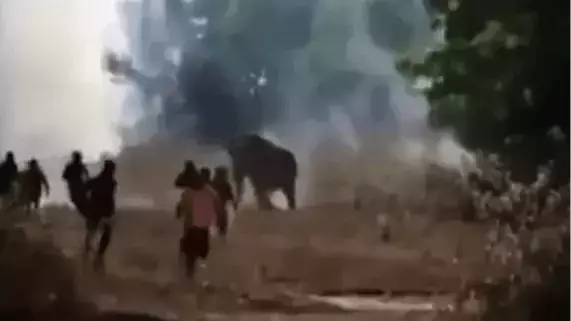
The bull has been attacking locals since New Year's Day
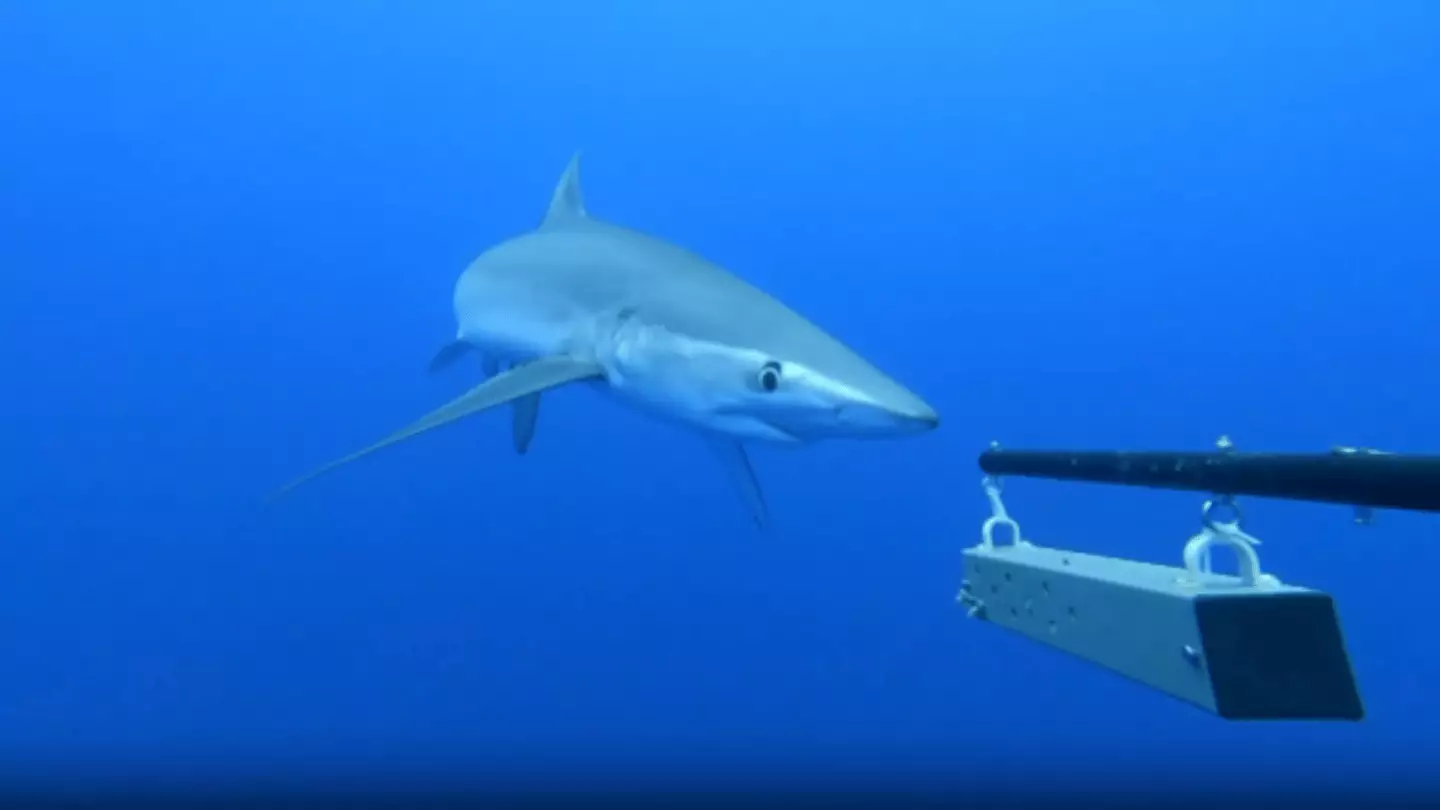
The footage captured dolphins and a shark swimming past the lens

There's more than one way to undergo a dramatic body transformation
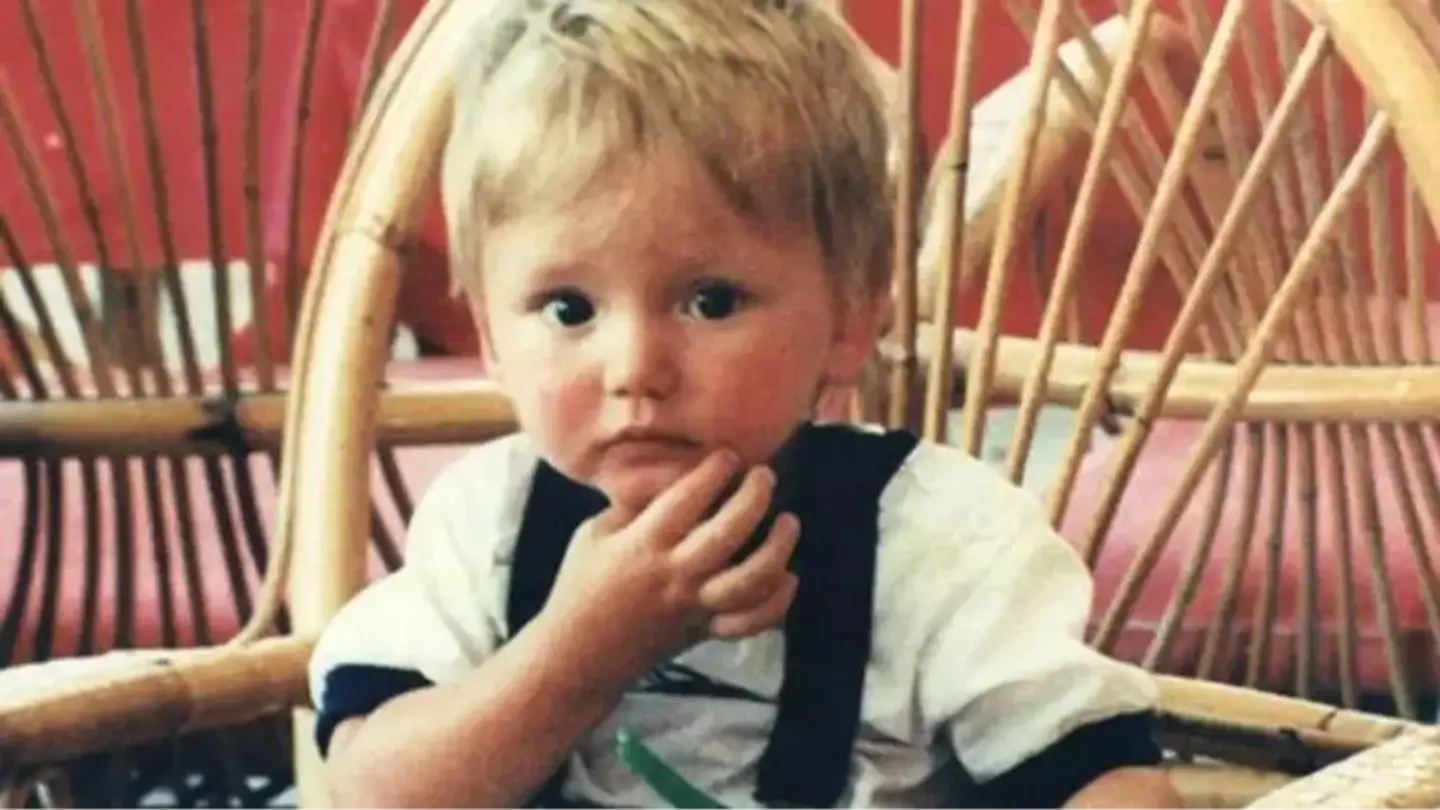
British toddler Ben Needham was 21 months old when he disappeared on the Greek island of Kos on 24 July, 1991

No, it's not random there's actually a reason behind it

He's hit out at a deal he previously endorsed

She called him a homophobic slur

Trump claimed the world is 'not secure' otherwise
breaking

The findings follow a new study into the effectiveness of GLP-1 and GIP drugs

FIFA president Gianni Infantino has been called out for awarding United States president Donald Trump ahead of the World Cup
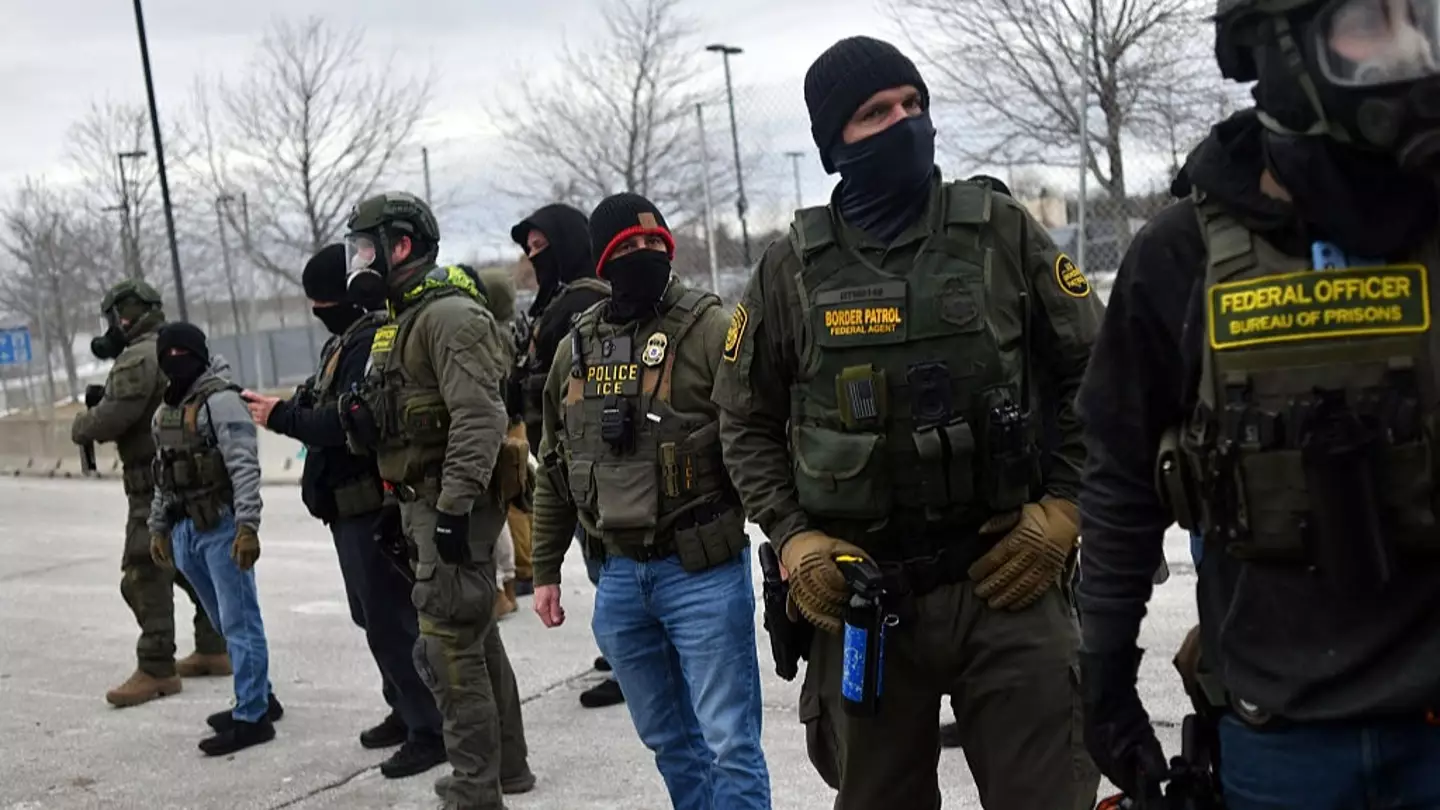
Four Immigration and Customs Enforcement (ICE) agents were seen eating at El Tapatio in Minnesota on 14 January

He's really upset he didn't get a Nobel prize
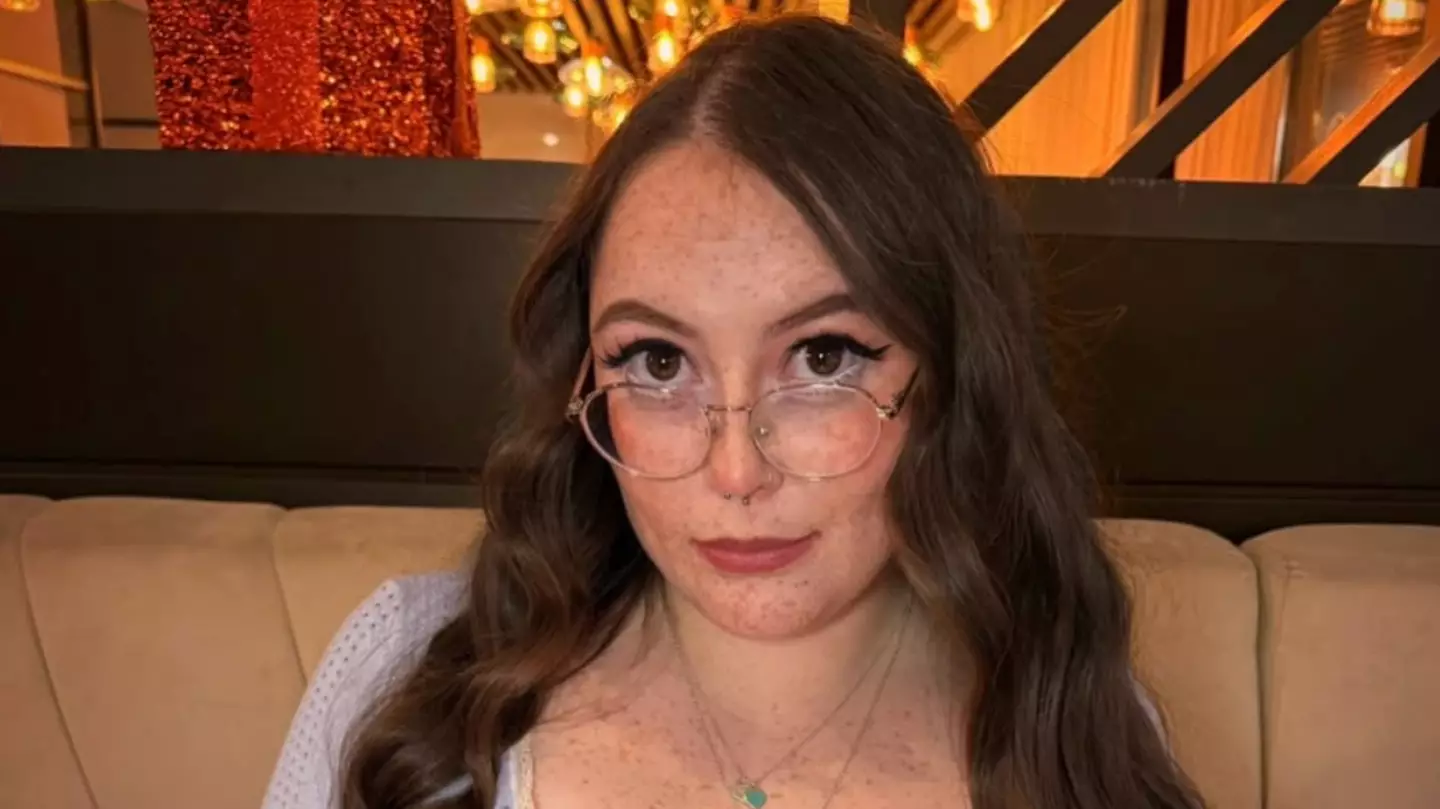
The Scot opened up on the problems her R-cup breasts cause on a day-to-day basis

The prime minister issued a warning over the 'seriousness' of the situation




